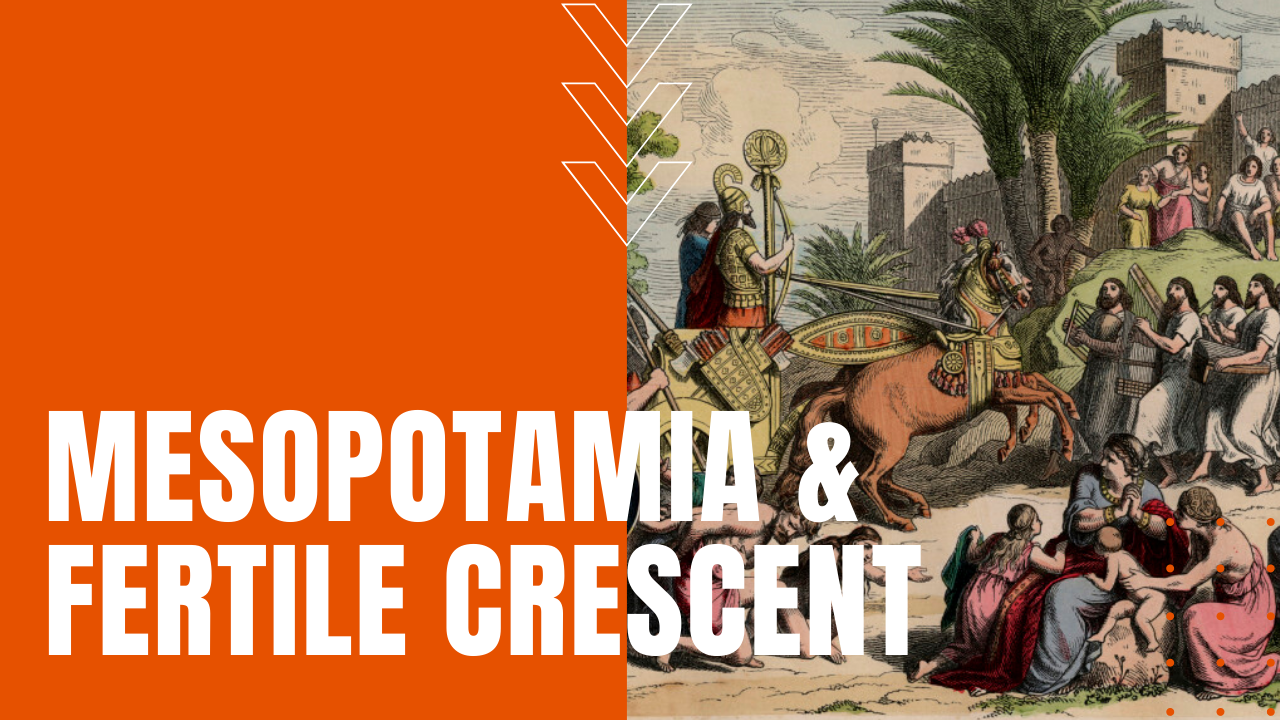Mesopotamia and the Fertile Crescent

In ancient Greek, the word Mesopotamia means between two rivers, which is exactly where Mesopotamian life, culture and progress flourished for 6,000 years.
Where Was Mesopotamia?
Part of the Fertile Crescent, the region between the Tigris and Euphrates Rivers spans modern-day Iraq, Syria, Lebanon, Israel, Palestine, Jordan, Egypt, the southeastern region of Turkey and the western fringes of Iran.
Even at its peak existence, Mesopotamia was less unified than other ancient civilizations such as Egypt or Greece, embodying a latticework of different cultures that loosely shared the same gods and attitudes toward women. It was home to some of the very first empires in human history, including the Acadian, Babylonian and Assyrian sovereignties.
The region of Summa comprised the southeastern part of Mesopotamia, and in the fourth millennium BCE, the Sumerians, as the locals were known, struck upon two major developments which forever handed the region the honor of being known as the cradle of civilization.
Inventions of Mesopotamia
First was the development of agriculture, irrigation and animal husbandry, which in turn created the modern concept of the city-state. The region is further credited with the invention of the wheel, the early distillation of beer and wine, the invention of the chariot, the demarcation of time in hours, minutes and seconds, along with the development of sophisticated weaponry and advanced warfare techniques.
As Fertile Crescent merchants began trading with outside communities, the Mesopotamians invented writing to aid in long-distance communication, which in turn prompted urbanization and the birth of cities. Schools in Mesopotamia were numerous, routinely teaching astrology, law, medicine, religion, reading and writing.
In Mesopotamia, women were nearly equal to men, allowing them to file for divorce, own land and own their own businesses. Combined with an abundance of food and a growing string of successful city-states, Mesopotamia’s ever-burgeoning population began to spread out across the globe in search of additional fertile lands and opportunity, spreading humanity throughout the world as the Fertile Crescent itself became desert-like due to climate change.
Today, only 10 percent of the Fertile Crescent’s once viable ecosystem remains, making the Fertile Crescent an important yet temporary lifeboat for the migration of humans across the globe.
